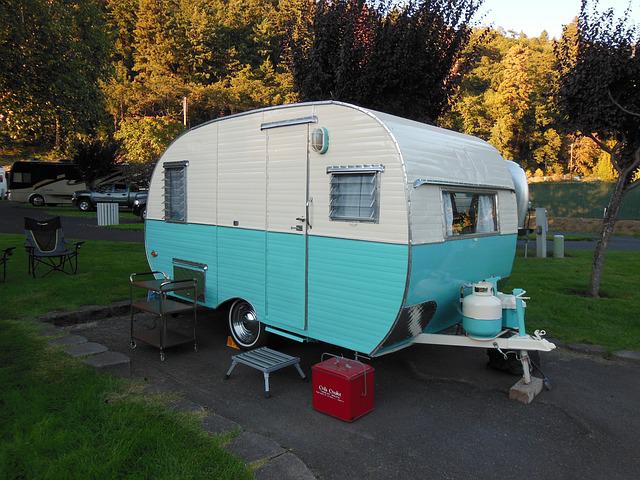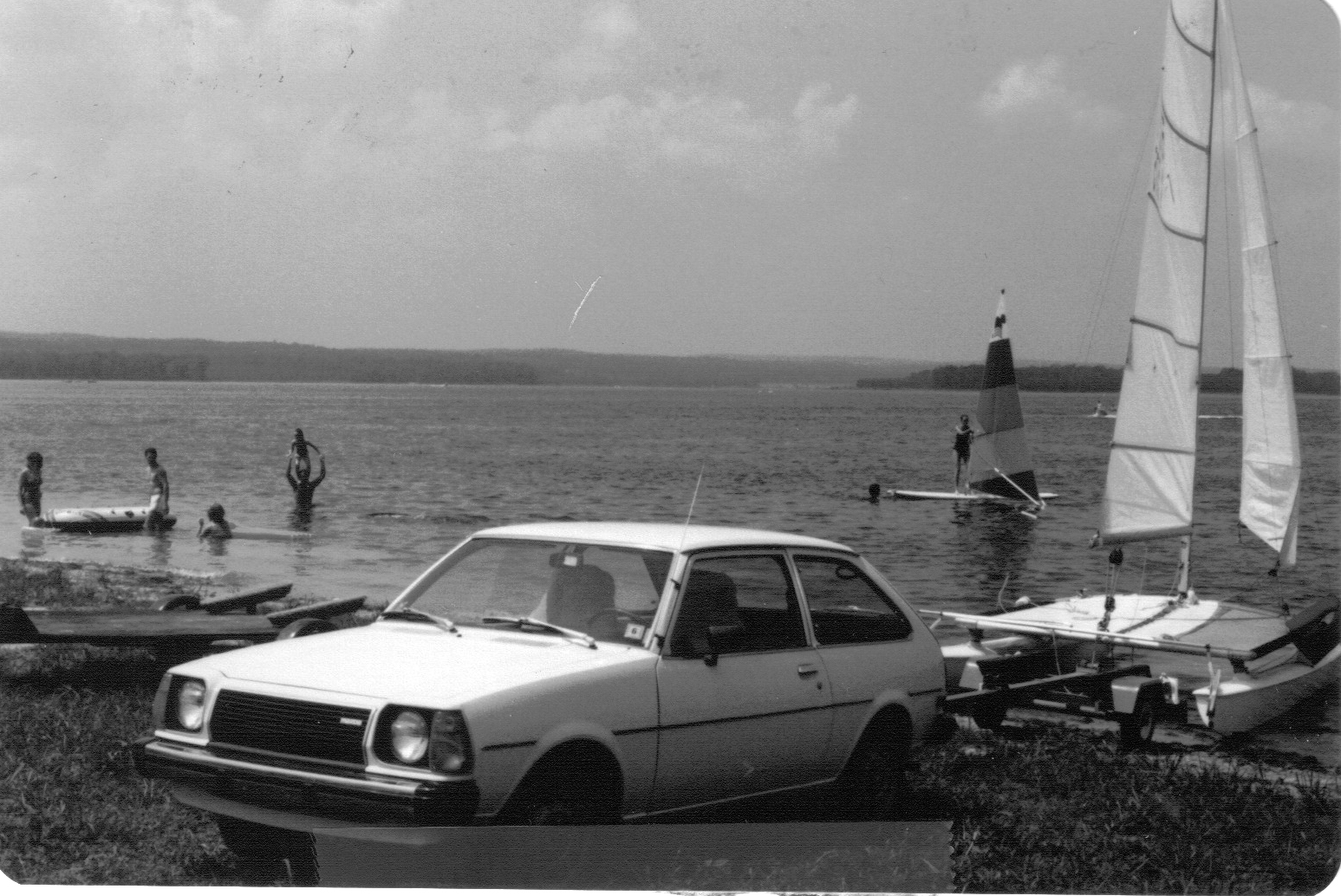
If you are looking for a place to camp in Minnesota, consider one of the state forests. The state forests are home to over 4 million acres of wild land. Minnesota's state forests offer primitive camping. They have a clearing for tents and a fire-ring. Some state forests permit dispersed camping. When camping in a state forest you must observe the "leave not trace" rules. That means you must bring all your belongings.
Minnesota's state forest regulations and terminology are uniform. Therefore, you can expect the exact same quality of service. While there are no designated campsites, dispersed camping is permitted in most state forests. If you are camping in a national forest, there is a campground within a few miles. People who camp in state forests enjoy the beautiful scenery and easy access to activities and attractions nearby.

Minnesota's state forests prohibit dispersed camping. However, there are other options. There are 18 campsites in the Superior National Forest that offer camping with a car. More than 30 campsites are designated as "dispersed" in the Chippewa National Forest. Although dispersed camping is not as convenient, it does have its advantages. Minnesota's natural beauty is available to you without having to worry about crowds.
For a great camping experience in a state forest, consider renting a cabin or RV. There are many state forests in Minnesota that offer cabins and other amenities. For example, the Beltrami Island State Forest, a 703,382-acre park, is the largest in the state. It is home of the five largest Wildlife Management Areas in Minnesota and contains the headwaters to five rivers. In these national parks there is no place to camp overnight, but you can hire a cabin or another type of site.
Book a campsite in Minnesota's state forests and pick a site that meets your camping needs. Online reservations are possible in many of these forests. There are several ways to make reservations in a state forest. It is recommended that you visit the Minnesota state forest during the autumn and winter seasons to avoid crowds. And don't forget to visit some of the lakes in the area.

You can camp in Minnesota's forests during the summer. There are many campsites within the state forests. You can choose the one that suits your needs. Because of its size and proximity to the wilderness, a state forest is a great place for camping. Minnesota's national forests don't have campsites. You can only visit the park's state parks with a permit.
FAQ
What information do I need about hunting?
Hunting success requires that you understand the movements and habits of your animal as well as how to avoid injury.
It is crucial to understand the hunting laws of your state. Some states allow certain types of hunting while others prohibit it completely.
Weather conditions, terrain, as well as the weapon type are all important factors.
Consider whether hunting is something you want to do alone or with friends.
Hunting with a partner is a preferred option for most hunters. Because it helps you concentrate on your goal. If you're not with someone else, you could miss your chance.
Hunting is a process that requires extensive preparation. You will need to plan so you can find an appropriate place to hunt.
Also, prepare your guns. You should also clean and test your weapons before you leave home.
Proper clothing is essential when hunting. Always dress appropriately for the weather.
Always ensure you have enough water and food. In case of an emergency, make sure you have enough food and water.
It is important to never leave anything behind. It could get lost or damaged.
You should pick a safe area that is free from predators before you go hunting.
Be sure to follow the government's rules. These regulations protect wildlife as well as humans.
Is it possible to buy a gun online? What do I need?
A gun is required by law to hunt certain species.
Most states require hunters to own a firearm. The type of firearm required depends on which game you want to hunt, and what state you live in.
You can buy a rifle, shotgun, handgun, muzzle loader, crossbow, or archery weapon at any sporting goods store.
It is important to choose a weapon which suits your needs. A.22 caliber pistol might be a good choice if you are looking to hunt small game like squirrels, rabbits and pheasants.
If you plan to hunt large games like deer, elk, and bears, you might want to look into purchasing a larger caliber weapon.
If you don't feel confident handling a weapon, do not buy it. A gun can be a dangerous weapon. You should never load a gun until you are ready for it to fire.
Make sure the gun has been checked by a qualified gunsmith before you buy it. Ask the seller to show you how to load or unload the weapon.
Check out the manufacturer's warranty. If the warranty is not provided, inquire about what type of guarantee they provide.
Ask the dealer to provide you with a copy of their safety instructions. These documents should contain information about safe storage as well as maintenance.
Check the serial number. If the serial number begins with "NIB", or "New In Box", then the gun is brand new.
If the serial number starts with an odd number, then the gun has been previously owned.
You can contact the manufacturer directly if you are not sure if the gun has been used. They should be able tell you more about the gun's past.
How many Americans are dependent on hunting?
Over 300 million hunters reside in the United States. This means that hunters are twice as numerous as those who live in New York City.
Hunting is an American pastime that dates back centuries. Today, however, hunting for sport is less popular than ever. The U.S. The U.S. Fish & Wildlife Service reports that only 2 percent shoot regularly. The percentage of young adults hunting is even lower.
While hunting may seem like something that is long gone, it is still popular among the older generation. A recent survey found that 68 percent of baby boomers plan to hunt again when they retire. Hunting is a way for them to connect with the natural world and enjoy the outdoors.
For younger generations hunting is not necessarily a priority. In fact, according to the National Shooting Sports Foundation, only 18 percent of millennials consider themselves avid shooters.
That's why FWS is working hard to make sure that America's wild places remain open for everyone to experience.
In 2014, the agency launched its "Wild Lands" campaign to raise awareness about public lands across the country. It is intended to raise awareness and encourage people visiting these areas to preserve them.
Conservation efforts are encouraged by the Wild Lands program. FWS and National Rifle Association collaborated to create Project Gunter a youth shooters program. This program helps children learn how to safely handle firearms, as well as safety and marksmanship skills.
Project Gunter now includes women and minorities. It has resulted in more children learning to shoot guns and taking part in wildlife conservation.
Statistics
- Licenses dropped from a peak of roughly 17 million in the 1980s to 15 million in 2019, according to The Seattle Times. (stacker.com)
- Less than 1% of Hawaii's population has a hunting license. (stacker.com)
- Indiana, for example, saw a 28% jump in turkey license sales during the first week of the season. (stacker.com)
- - Percent of residents with paid hunting licenses: 0.7%- (stacker.com)
External Links
How To
How to hunt wild hogs
Large animals, wild hogs can be found across North America, Africa and Asia. Wild hogs eat both vegetation and small animals, such as birds, fish, mice, rabbits and mice. They usually eat at night. After six months of gestation, one piglet is born. Every two years, a sow gives birth. Wild hogs can be solitary, but they may live in herds.
Wild boars weigh in at around 200 pounds (90 kg). Their average head length is 10-12 inches (25-30cm), and their body length is 20-30 inches (50-75cm). Wild pigs have short tails, long legs and broad shoulders. They have a thick fat layer beneath their skin.
They are extremely sensitive to the senses of sight, hearing, smell, and taste. These senses allow them to spot danger and locate food. They can run up to 35 miles per hour (56 km/h) and jump distances of up to 15 feet (4 m). They have sharp teeth. They are very aggressive when protecting themselves from predators.
Hunting wild hogs are difficult because they are fast, intelligent, and elusive. Hunting wild hogs requires careful observation. Hunters should not shoot too quickly. The animal might escape. If hunters are too late, the animal might die before it reaches shelter.
There are many types of hunting methods used to kill wild hogs. The most common method of killing wild hogs is to shoot. This requires hunters hunting to find the animal, then waiting until it comes within range. Another method is trapping. You can trap hogs by setting traps near water supplies. Many traps include a scent lure, such as corn meal and peanut butter. After the trap is set, the hunter kills the trapped porc.
Snaring is another method. The pig is caught using snaring, which uses a noose out of rope. It works best if the pig is caught during its mating season.
Other methods include spearing, netting, and poisoning. For a pig to stop breathing, netting or spearing involves putting a net or spear around its neck. Poisoning is when the poison is injected into the pig's throat.
Hunting wild hogs is a challenging sport. Hunters should be prepared for winter. To keep warm, some hunters use snowshoes. To help track animals, some hunters have dogs.